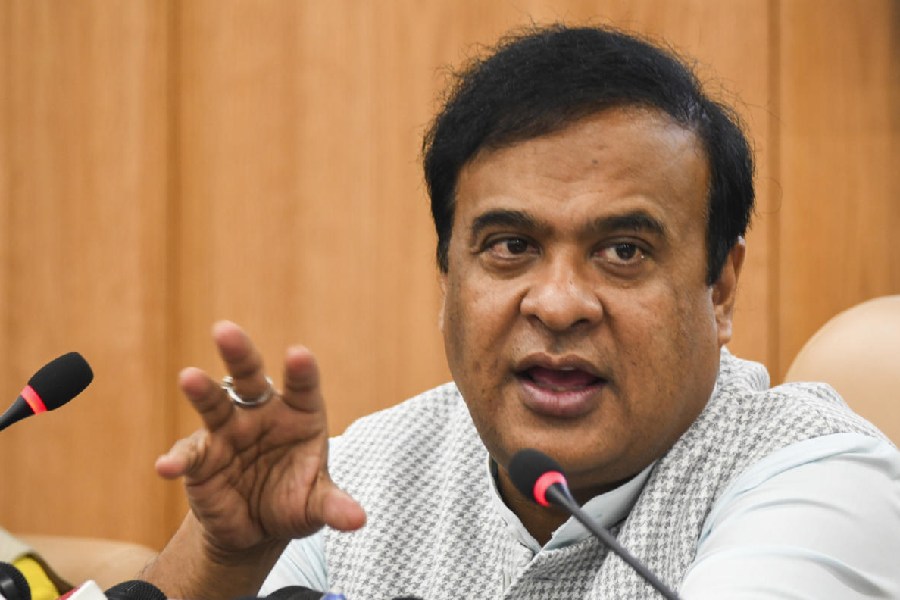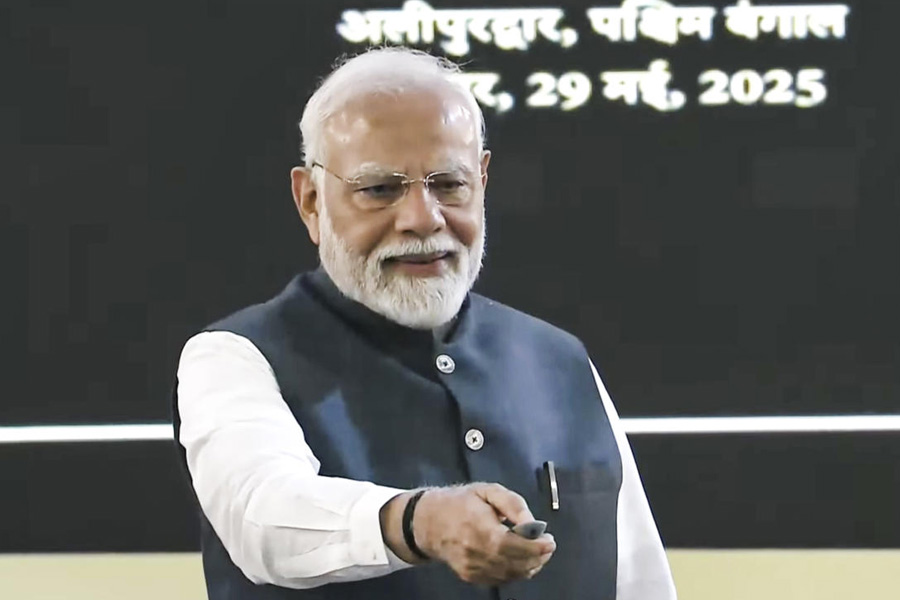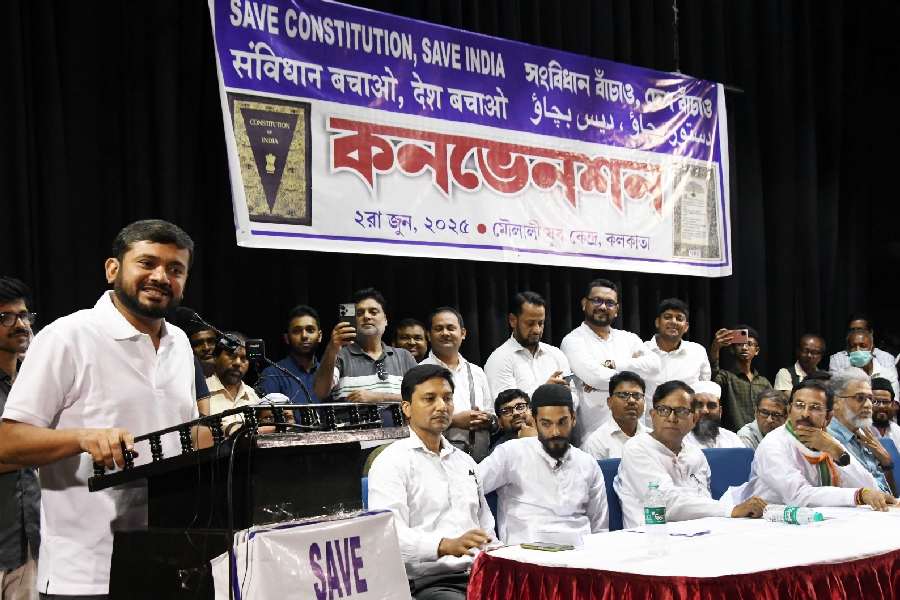 |
| Trying times |
Guwahati, April 27: Many tea gardens in Upper Assam have suspended plucking leaves following crop failure, as there is no leaf because of the drought-like conditions.
This has come at a time when the season has just started and the industry was looking for a good crop and good price. Five districts — Golaghat, Jorhat, Sivasagar, Dibrugarh and Tinsukia in Upper Assam — produce about 450 million kg of tea annually, which is about 70 per cent of the total tea production in the state.
Manoj Jalan, a tea planter of Golaghat, said he had not experienced such long rainless periods in many years coupled with a temperature of 40 degrees Celsius, which has forced suspension of plucking in April end. “There is no way other than to pray to the rain god to save the Assam tea industry,” he said.
In places like Margherita, Doomdooma, Naharkatia, Tingri, Panitola, Dibrugarh and Moran, rainfall declined by 49 per cent while in Sonari, Jorhat and Golaghat it declined by 25 per cent between January and March.
“The present weather condition, leading to phenomenal crop loss and shutting down of manufacturing facilities on the eve of second flush is unprecedented,” said Mayank Agarwalla, a tea planter in Doomdooma, which is known as a rain-fed area.
“If the present weather continues till May 5, then the crop upto end of May will be 60 per cent less, which is about 50 million kg, compared to the leaf harvested during normal weather,” said Raj Barooah, a tea planter of Sivasagar.
Prafulla Bordoloi, a consultant tea scientist, said the visual symptoms of wilting of leaves had been noticed but the physiological, biochemical and anatomical damages occurred much earlier.
The chairman of the Assam branch of the Indian Tea Association, Chandan Bora, in his recent address to the industry said the unpredictable weather pattern would force tea gardens to invest heavily in irrigation equipment for survival of the tea bushes.
“The cost of irrigation being phenomenal, the government will have to step in with a loan and subsidy scheme or else most of us will find it difficult to survive,” he said. “The biggest threat to the industry is climate change, which, in the recent past, has manifested itself in hotter and wetter spells. This has brought challenges in addressing pest attacks because stringent pesticide residual norms have to be conservatively addressed.”
Bora said IIT Guwahati, which had collaborated with the tea industry to study climate change, had predicted prolonged dry spells and wet precipitation, compelling the industry to work on an integrated water-management system.
“Though there is a prediction of rain in the next few days, the situation will improve only if we receive at least 200mm rainfall in May along with lowering of temperature and proper distribution of rainfall,” said Atmaram Kasera, a tea planter of Dibrugarh.










